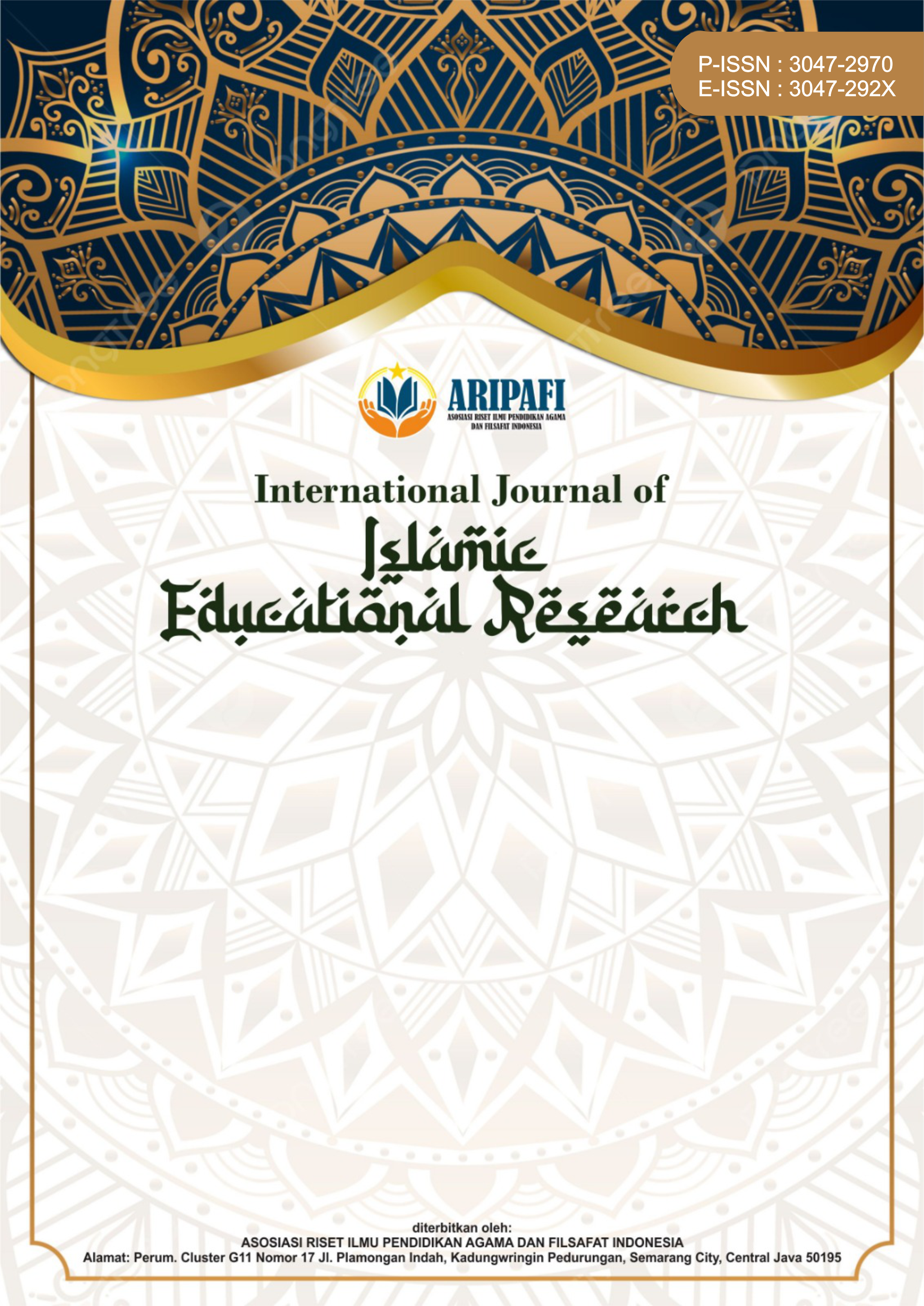Bracelet Making for the Development of Creativity and Fine Motor Skills in Children at Subang Mewah Cultural Center, Kuala Lumpur, Malaysia
DOI:
https://doi.org/10.61132/ijier.v2i3.318Keywords:
Development of Creativity, Children's Talents, Bracelet-Making, Fine Motor Skills, Early Childhood Education, Subang Mewah.Abstract
This research explores the impact of bracelet-making activities on children's development at the Subang Mewah Children’s Center, Malaysia. The study focuses on the development of creativity, fine motor skills, social interaction, and self-confidence among children, particularly those from migrant communities. The research aims to understand how these activities contribute to children's cognitive and emotional growth. Using qualitative methods, including observation and interviews with teachers and children, the study evaluates the effectiveness of bracelet-making as a tool for development. The main findings reveal that bracelet-making allows children to express creativity through design, improves fine motor coordination, fosters collaboration and communication, and enhances self-esteem. Children not only learn technical skills but also develop social abilities by working together and helping each other. Completing a creative project boosts their confidence, encouraging them to face new challenges. The research concludes that creative activities like bracelet-making are valuable tools in non-formal educational settings, promoting holistic development in children. The study suggests that integrating such activities can be an effective way to support migrant children’s growth and social integration. Future studies could explore incorporating digital tools into these activities to further enhance learning experiences.
References
N. Fitriani and A. Indrawati, “The Role of Handicraft Activities in Enhancing Children's Creativity: A Case Study of Bracelet Making,” *Journal of Early Childhood Education*, vol. 14, no. 2, pp. 101–110, 2021.
S. Hadi, A. Irwansyah, and D. Pramono, “Development of Fine Motor Skills in Early Childhood through Creative Activities,” *Jurnal Pendidikan Anak Usia Dini*, vol. 8, no. 1, pp. 45–56, 2020.
R. Mariana, R. D. Utami, and M. Nugroho, “Enhancing Cognitive Skills of Children Through Creative Handicraft Activities,” *Jurnal Psikologi Perkembangan*, vol. 19, no. 3, pp. 202–215, 2022.
S. W. Pratama, R. Anwar, and L. Fadhila, “Challenges in Education for Migrant Children: Case Study in Subang Mewah Learning Center, Malaysia,” *International Journal of Educational Research*, vol. 45, no. 1, pp. 85–92, 2023.
S. Rohmawati and D. Kusnadi, “Cognitive and Creative Development of Children through Handicraft Activities,” *Jurnal Pendidikan dan Kebudayaan*, vol. 12, no. 4, pp. 157–168, 2023.
T. Wulandari, “Access to Education for Indonesian Migrant Children in Malaysia,” *Jurnal Sosial dan Politik*, vol. 22, no. 2, pp. 113–128, 2021.
N. Fitriani and A. Indrawati, “The Role of Handicraft Activities in Enhancing Children's Creativity: A Case Study of Bracelet Making,” *Journal of Early Childhood Education*, vol. 14, no. 2, pp. 101–110, 2021.
S. Hadi, A. Irwansyah, and D. Pramono, “Development of Fine Motor Skills in Early Childhood through Creative Activities,” *Jurnal Pendidikan Anak Usia Dini*, vol. 8, no. 1, pp. 45–56, 2020.
L. E. Berk, *Child Development*. Pearson Education, 2013.
H. Gardner, *Frames of Mind: The Theory of Multiple Intelligences*. Basic Books, 1983.
D. Amalia and S. Pramudita, “The Influence of Arts and Crafts on Early Childhood Cognitive Development,” *Journal of Child Development*, vol. 19, no. 2, pp. 101–114, 2021.
E. Mahendra and R. Putri, “Enhancing Fine Motor Skills through Creative Activities in Early Education,” *Journal of Early Childhood Education*, vol. 17, no. 1, pp. 73–85, 2022.
D. Sunarti and L. Fitri, “Parent Engagement in Non-Formal Education: A Case Study in Migrant Communities,” *International Journal of Migration Education*, vol. 22, no. 3, pp. 124–136, 2020.
A. Widyastuti, “Crafts and Digital Learning Tools: A New Paradigm in Non-Formal Education,” *Journal of Education and Technology*, vol. 13, no. 4, pp. 150–162, 2020.
J. Satria and T. Mirawati, “Exploring Creative Pedagogy in Migrant Children’s Education,” *International Journal of Educational Development*, vol. 34, no. 5, pp. 205–218, 2021.
I. Nanda and A. Wijaya, “Integrating Digital Tools in Non-Formal Education: Opportunities and Challenges,” *Journal of Educational Research*, vol. 28, no. 2, pp. 134–146, 2022.
A. Nugroho and F. Hadi, “Arts and Crafts for Migrant Children’s Development: A Practical Approach,” *Journal of Migrant Education*, vol. 14, no. 3, pp. 98–110, 2021.
N. Wulandari and Y. Rahayu, “The Role of Technology in Enhancing Creative Learning for Children in Non-Formal Settings,” *Journal of Digital Education*, vol. 16, no. 1, pp. 45–59, 2022.
M. Kusumaningrum and B. Setiawan, “Fine Motor Skills Development through Crafting: Implications for Early Childhood Education,” *Journal of Early Childhood Studies*, vol. 18, no. 3, pp. 98–112, 2020.
P. Dewi and R. Indrawati, “Craft-Based Education in Non-Formal Settings: Bridging the Gap with Technology,” *Journal of Non-Formal Education*, vol. 27, no. 4, pp. 160–172, 2022.
Downloads
Published
How to Cite
Issue
Section
License
Copyright (c) 2025 International Journal of Islamic Educational Research

This work is licensed under a Creative Commons Attribution-ShareAlike 4.0 International License.





